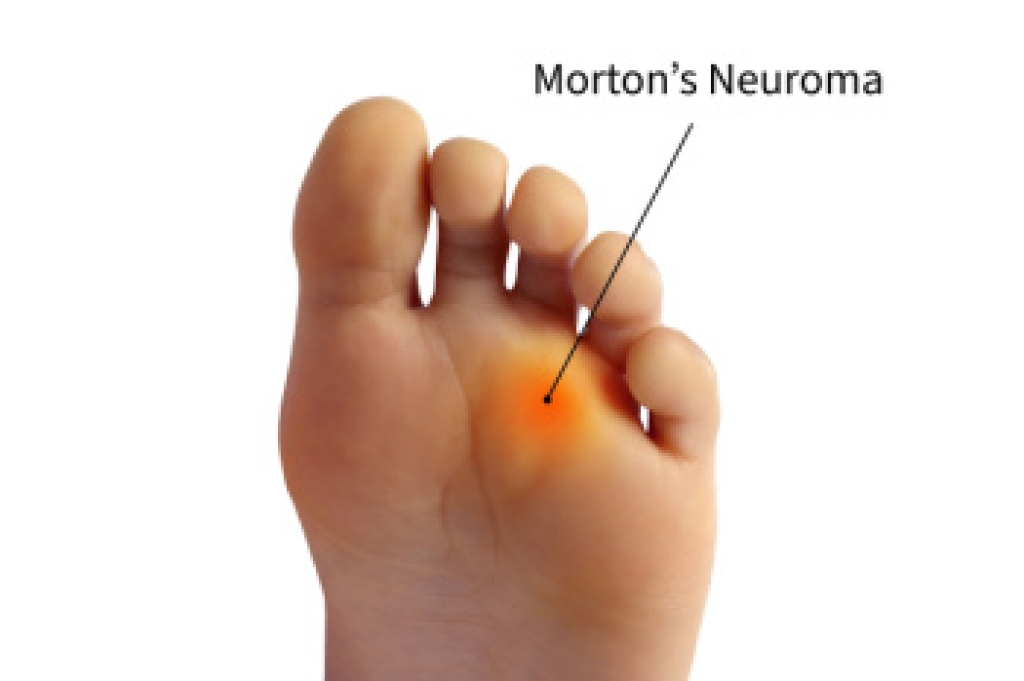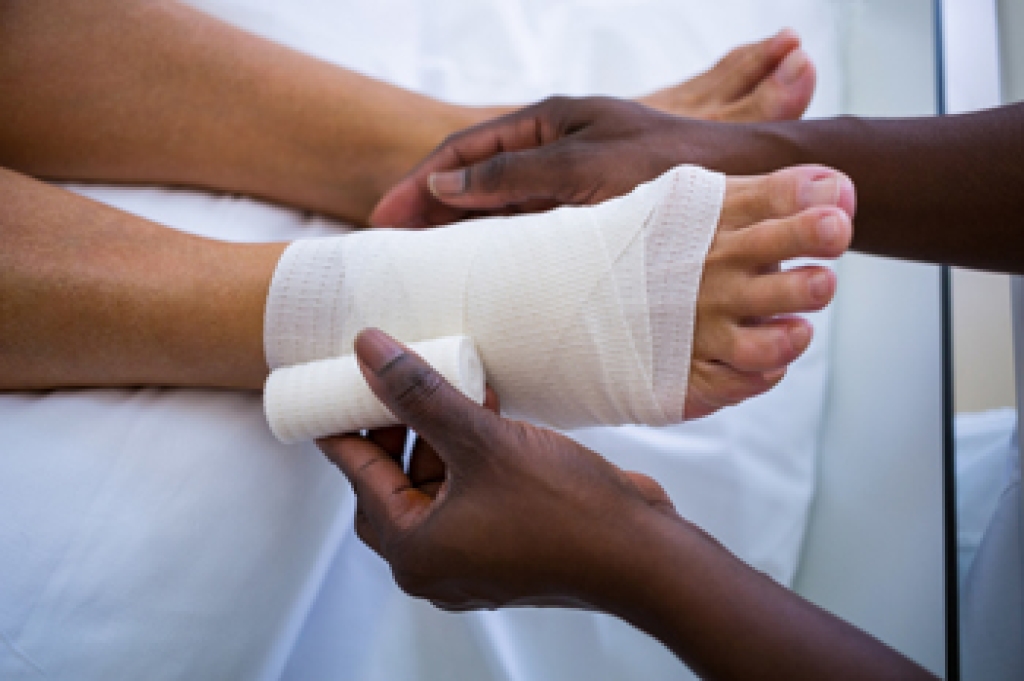
Hammertoe is a deformity where one or more toes become bent at the middle joint, creating a curled or elevated position that can cause pain, pressure, and difficulty walking. This condition often worsens over time due to muscle imbalance, tight footwear, or structural issues in the foot. Hammertoe surgery may be needed when conservative care no longer relieves discomfort or when the toe becomes rigid and difficult to straighten. Hammertoe surgery aims to realign the joint, release tight tissues, or remove a small portion of bone to restore proper toe function. A podiatrist can assess the severity of the deformity and guide you toward the most effective treatment plan. If you struggle with a painful hammertoe, it is suggested that you schedule a podiatry visit to explore your options, which may include surgery for relief.
Foot surgery is sometimes necessary to treat a foot ailment. To learn more, contact one of our podiatrists of Palm Beach Foot & Ankle. Our doctors will assist you with all of your foot and ankle needs.
When Is Surgery Necessary?
Foot and ankle surgery is generally reserved for cases in which less invasive, conservative procedures have failed to alleviate the problem. Some of the cases in which surgery may be necessary include:
- Removing foot deformities like bunions and bone spurs
- Severe arthritis that has caused bone issues
- Cosmetic reconstruction
What Types of Surgery Are There?
The type of surgery you receive will depend on the nature of the problem you have. Some of the possible surgeries include:
- Bunionectomy for painful bunions
- Surgical fusion for realignment of bones
- Neuropathy decompression surgery to treat nerve damage
Benefits of Surgery
Although surgery is usually a last resort, it can provide more complete pain relief compared to non-surgical methods and may allow you to finally resume full activity.
Surgical techniques have also become increasingly sophisticated. Techniques like endoscopic surgery allow for smaller incisions and faster recovery times.
If you have any questions, please feel free to contact our offices located in Boynton Beach, Palm Beach Gardens, and West Palm Beach, FL . We offer the newest diagnostic and treatment technologies for all your foot care needs.




